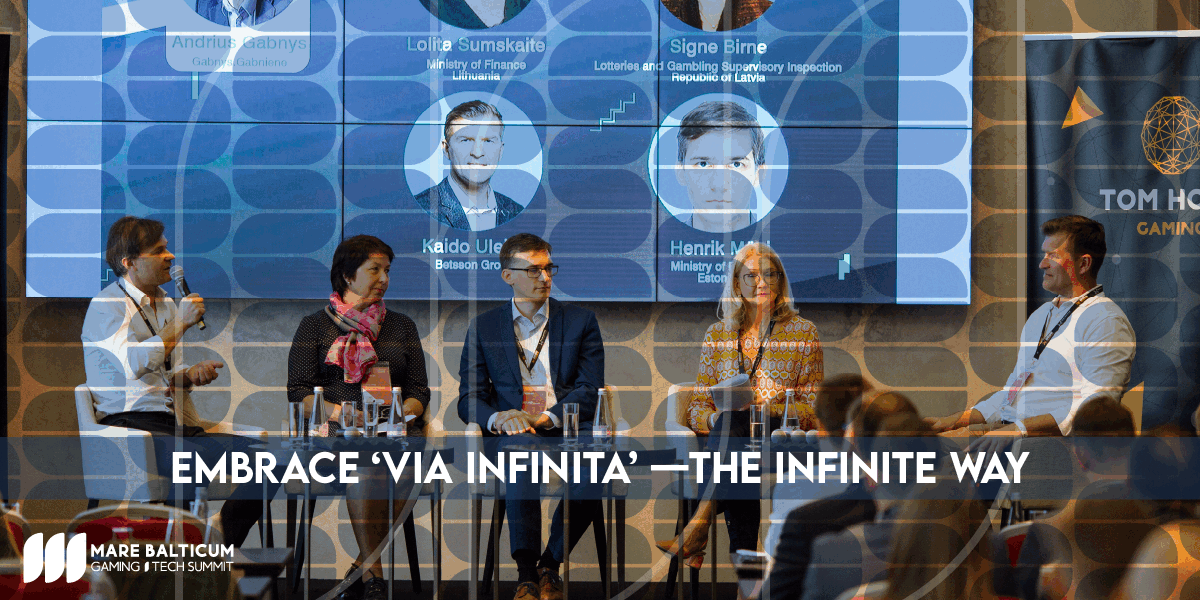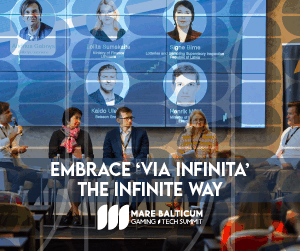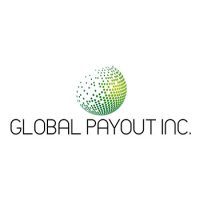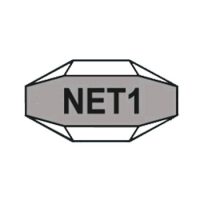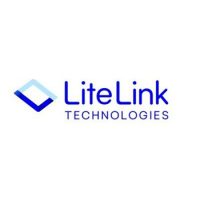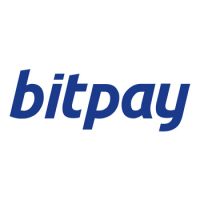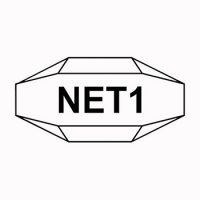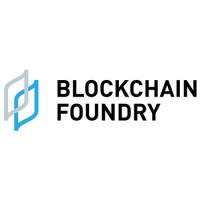Blockchain Press Releases
Voyager Space and Airbus Announce Joint Venture to Build and Operate Starlab
Joint Venture to serve as a commercial successor for the International Space Station, ensuring continued US and European collaboration in space
DENVER, Aug. 2, 2023 /PRNewswire/ — Voyager Space (Voyager), a global leader in space exploration, and Airbus Defence and Space (Airbus), the largest aeronautics and space company in Europe, today announced an agreement paving the way for a transatlantic joint venture to develop, build, and operate Starlab, a commercial space station planned to succeed the International Space Station. The US-led joint venture will bring together world-class leaders in the space domain, while further uniting American and European interests in space exploration.
“We are proud to charter the future of space stations with Airbus,” says Matthew Kuta, President at Voyager Space. “The International Space Station is widely regarded as the most successful platform for global cooperation in space history, and we are committed to building on this legacy as we move forward with Starlab. We are establishing this joint venture to reliably meet the known demand from global space agencies while opening new opportunities for commercial users.”
Voyager was awarded a $160 million Space Act Agreement (SAA) from the National Aeronautics and Space Administration (NASA) in December 2021 via Nanoracks, part of Voyager’s exploration segment. Part of NASA’s Commercial Low Earth Orbit Development Program, this SAA sets the foundation to create Starlab, a continuously crewed, free-flying space station to serve NASA and a global customer base of space agencies and researchers. The program’s mission is to maintain continued human presence and American leadership in low Earth orbit (LEO). Today’s announcement builds on an agreement made public in January 2023, where Voyager selected Airbus to provide technical design support and expertise for Starlab.
“With a track record of innovation and technological firsts, Airbus prides itself on partnering with companies that are looking to change history,” said Jean-Marc Nasr, Head of Space Systems at Airbus. “This transatlantic venture with footprints on both sides of the ocean aligns the interests of both ourselves and Voyager and our respective space agencies. This pioneers continued European and American leadership in space that takes humanity forward. Together our teams are focused on creating an unmatched space destination both technologically and as a business operation.”
In addition to the US entity, Starlab will have a European joint venture subsidiary to directly serve the European Space Agency (ESA) and its member state space agencies.
This announcement follows a major design milestone in Starlab’s development, the Systems Requirements Review (SRR), which baselines the major space systems, technical readiness, and ability to meet NASA’s mission and safety requirements. The Starlab SRR was completed in June 2023 in coordination with NASA’s Commercial LEO Development Program team.
“Today marks a major step forward for the future of commercial space destinations,” continues Kuta. “We are proud to have NASA’s trust to build the replacement for the ISS, a partnership that expands Starlab’s ecosystem to global space agencies, and a team that is mission driven and dedicated to reimagining the future.”
The implementation of the joint venture will be subject to applicable regulatory approvals.
About Voyager Space
Voyager Space is dedicated to building a better future for humanity in space and on Earth. With over 35 years of spaceflight heritage and over 2,000 successful missions, Voyager is powering the commercial space revolution. Voyager delivers exploration, technology, and defense solutions to a global customer base that includes civil and national security agencies, commercial companies, academic and research institutions, and more.
About Airbus
Airbus pioneers sustainable aerospace for a safe and united world. The Company constantly innovates to provide efficient and technologically-advanced solutions in aerospace, defence, and connected services. In commercial aircraft, Airbus offers modern and fuel-efficient airliners and associated services. Airbus is also a European leader in defence and security and one of the world’s leading space businesses. In helicopters, Airbus provides the most efficient civil and military rotorcraft solutions and services worldwide.
Cautionary Statement Concerning Forward-Looking Statements
This press release contains “forward-looking statements.” All statements, other than statements of historical fact, including those with respect to Voyager Space, Inc.’s (the “Company’s”) mission statement and growth strategy, are “forward-looking statements.” Although the Company’s management believes that such forward-looking statements are reasonable, it cannot guarantee that such expectations are, or will be, correct. These forward-looking statements involve many risks and uncertainties, which could cause the Company’s future results to differ materially from those anticipated. Potential risks and uncertainties include, among others, general economic conditions and conditions affecting the industries in which the Company operates; the uncertainty of regulatory requirements and approvals; and the ability to obtain necessary financing on acceptable terms or at all. Readers should not place any undue reliance on forward-looking statements since they involve these known and unknown uncertainties and other factors which are, in some cases, beyond the Company’s control and which could, and likely will, materially affect actual results, levels of activity, performance or achievements. Any forward-looking statement reflects the Company’s current views with respect to future events and is subject to these and other risks, uncertainties and assumptions relating to operations, results of operations, growth strategy and liquidity. The Company assumes no obligation to publicly update or revise these forward-looking statements for any reason, or to update the reasons actual results could differ materially from those anticipated in these forward-looking statements, even if new information becomes available in the future.


Video – https://mma.prnewswire.com/media/2167592/starlab_flyingtowards__1440p.mp4
Photo – https://mma.prnewswire.com/media/2167465/Voyager_Space_and_Airbus_Joint_Venture_Starlab.jpg
Logo – https://mma.prnewswire.com/media/2167463/Voyager_x_Airbus___Starlab_Logo.jpg
![]() View original content:https://www.prnewswire.co.uk/news-releases/voyager-space-and-airbus-announce-joint-venture-to-build-and-operate-starlab-301891254.html
View original content:https://www.prnewswire.co.uk/news-releases/voyager-space-and-airbus-announce-joint-venture-to-build-and-operate-starlab-301891254.html

Blockchain Press Releases
Bitrue expands Bitcoin Runes Offerings with GPTV Listing and Staking Options
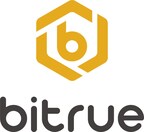
VICTORIA, Seychelles, May 3, 2024 /PRNewswire/ — Leading digital asset exchange Bitrue continues its community-driven approach with the listing of a new Bitcoin Runes token, GPTV•AI•PEPE•KING (GPTV). This follows the recent addition of several other Bitcoin Runes tokens to the platform, including SATOSHI•NAKAMOTO (SATOSHI), LOBO•THE•WOLF•PUP (LOBO), RSIC•GENESIS•RUNE (RSIC), and DOG•GO•TO•THE•MOON (DOG). Trading for the GPTV/USDT pair commenced on April 30th, 2024.
What is GPTV?
GPTV is the native token of AI PEPE KING, a project claiming to be the “largest AI Meme Community” with a presence on both the Polygon (AIPEPE) and Bitcoin Runes (GPTV) blockchains. Notably, AI PEPE KING secured a $10 million investment to develop AI-powered customer service tools leveraging the ChatGPT technology. Additionally, they are building a “Dream Lottery” system. Revenue generated from these products is earmarked for buybacks and burns of both AIPEPE and GPTV tokens, potentially influencing their long-term value.
Staking Opportunities with Attractive Yields
Bitrue is also offering users staking opportunities for those holding BTR, AIPEPE, RSIC, or DOG tokens. By staking their holdings, users can earn rewards in GPTV, with estimated annual percentage yield (APY) varying on the staked token, with BTR offering 22.15%, AIPEPE at 23.18%, RSIC boasting a higher 31.37%, and DOG coming in at 23.62%. These yields present a potentially lucrative opportunity for users to grow their cryptocurrency holdings, but also come with financial risk and the potential for investment to return much lower yields.
Bitrue’s Focus on Community Engagement
The listing of these Bitcoin Runes tokens is a testament to Bitrue’s commitment to its user base. The decision to add these tokens stemmed from a community poll conducted through an X poll on Bitrue’s X account. This highlights the exchange’s dedication to incorporating community feedback into its decision-making process, fostering a sense of collaboration and shared interest.
With the addition of GPTV and the introduction of staking opportunities, Bitrue continues to expand its offerings for users interested in the burgeoning world of Bitcoin Runes tokens. The exchange’s focus on community engagement further strengthens its position as a platform that prioritizes user input and satisfaction.
About Bitrue
Launched in July 2018, Bitrue is a diversified digital asset exchange that supports trading, loans and investments. Bitrue aims to utilize blockchain technology to bring financial opportunities to everybody regardless of their location or financial position. With offices in Asia and Europe, the business continues to develop new features at a rapid speed to fully service the new wave of the digital economy. More information is available at Bitrue’s website.
Logo – https://mma.prnewswire.com/media/2385358/Bitrue_BitrueOfficial_Bitrue_Logo.jpg
![]() View original content:https://www.prnewswire.co.uk/news-releases/bitrue-expands-bitcoin-runes-offerings-with-gptv-listing-and-staking-options-302135402.html
View original content:https://www.prnewswire.co.uk/news-releases/bitrue-expands-bitcoin-runes-offerings-with-gptv-listing-and-staking-options-302135402.html

Blockchain
ZettaBlock announces the addition of blockchain data
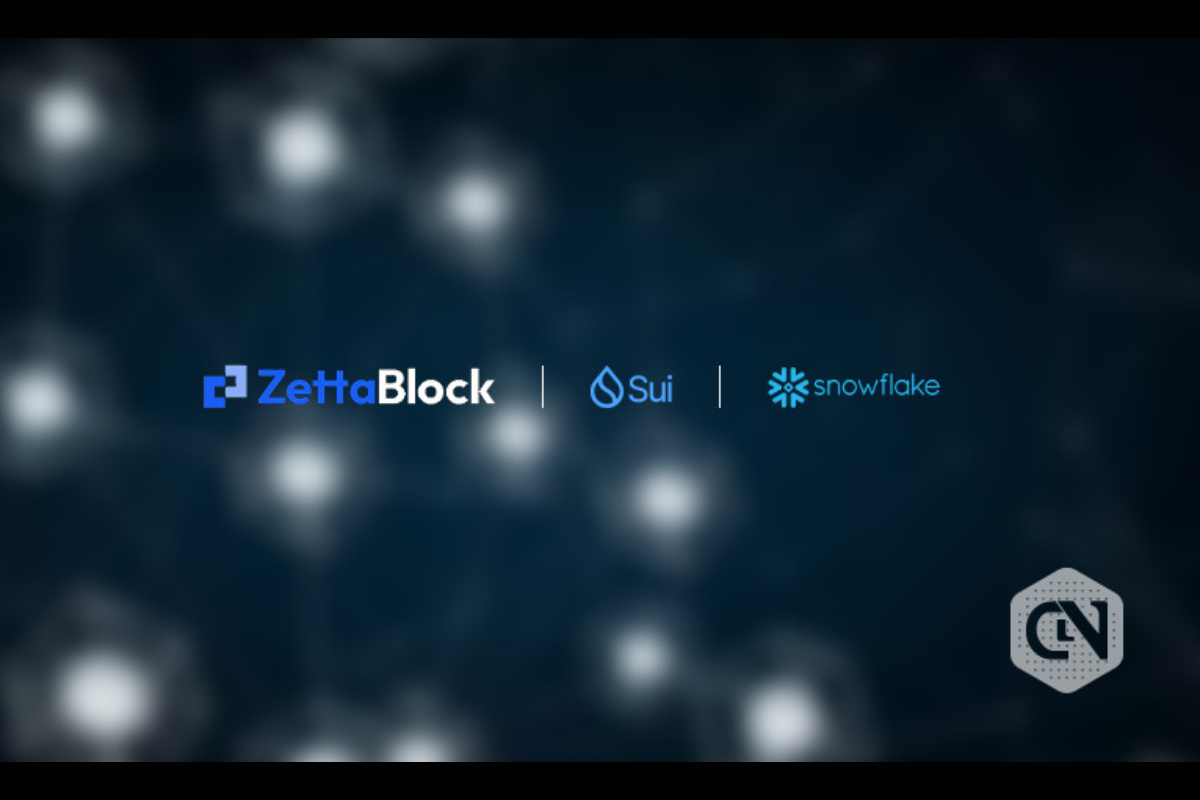
ZettaBlock, a leading provider of blockchain solutions, has recently announced a significant enhancement to its offerings with the addition of blockchain data services. This development marks a strategic move aimed at bolstering ZettaBlock’s capabilities and further solidifying its position in the blockchain industry.
By integrating blockchain data services into its portfolio, ZettaBlock seeks to address the growing demand for comprehensive and reliable data solutions within the blockchain ecosystem. The new offering will enable clients to access a wealth of blockchain data, empowering them to make informed decisions and derive valuable insights from the vast amount of information available on various blockchain networks.
ZettaBlock’s decision to expand its services comes at a time when the importance of blockchain data analytics is increasingly recognized across industries. With blockchain technology continuing to gain traction and adoption worldwide, the ability to effectively harness and analyze blockchain data has become crucial for businesses and organizations seeking to unlock new opportunities and drive innovation.
Through its blockchain data services, ZettaBlock aims to cater to the diverse needs of its clients, providing them with access to real-time and historical data from a wide range of blockchain networks. This includes transaction data, smart contract metrics, network activity, and more, allowing users to gain deeper insights into blockchain transactions and activities.
The addition of blockchain data services represents a significant milestone for ZettaBlock, underscoring the company’s commitment to delivering cutting-edge solutions that meet the evolving needs of the blockchain industry. As businesses increasingly recognize the value of blockchain data in driving decision-making and enhancing operations, ZettaBlock’s comprehensive data services are poised to play a key role in shaping the future of blockchain analytics.
Source: cryptonewsz.com
The post ZettaBlock announces the addition of blockchain data appeared first on HIPTHER Alerts.
Blockchain
Hong Kong joins global crypto ETF race

Hong Kong has entered the cryptocurrency ETF market with the debut of its first spot cryptocurrency exchange-traded funds (ETFs) on Tuesday, signaling the city’s ambition to compete with the US in the rapidly growing sector.
The launch, led by the Hong Kong units of three mainland Chinese asset managers — Bosera Asset Management, Harvest Global Investments, and China Asset Management — saw the introduction of two ETFs each tracking bitcoin and ether prices. Bosera’s funds were launched in collaboration with HashKey Capital.
On their debut, the three bitcoin ETFs closed between 1.5% and 1.8% higher, while the ether ETFs experienced slight losses of between 0.5% and 0.8%. Despite this, total trading turnover for all six ETFs, which included trading in US dollars, Hong Kong dollars, and renminbi, reached approximately HK$99.5 million (US$12.7 million). In comparison, US-based funds saw turnover exceeding $4 billion on their first trading day.
The move marks Hong Kong’s commitment to becoming a significant player in the cryptocurrency space, following its announcement in 2022 amid pandemic restrictions and increased Chinese oversight. Joseph Chan, Hong Kong’s under-secretary for financial services and the treasury, emphasized the city’s leading position in Asia’s crypto asset development during the ETF listing ceremony.
Prior to this, CSOP Asset Management had launched Hong Kong’s first bitcoin and ether futures ETFs in late 2022, following the publication of rules for spot ETFs by the Securities and Futures Commission in December.
In January, the US Securities and Exchange Commission approved the country’s first spot bitcoin ETFs, which have since attracted significant assets under management and net inflows. Robert Zhan, director of risk consulting at KPMG China, remains optimistic about the potential of the Hong Kong funds, despite current market sentiments and relatively flat prices of bitcoin and ether leading up to the launch.
The launch of crypto-linked funds by major Chinese asset managers has generated excitement within the industry, despite China’s strict cryptocurrency regulations. Donald Day, COO of Hong Kong-based digital asset exchange VDX, believes the new funds will cater to active investors unable or unwilling to trade during US hours.
Source: ft.com
The post Hong Kong joins global crypto ETF race appeared first on HIPTHER Alerts.
-

 Blockchain2 days ago
Blockchain2 days agoMeritrust Credit Union Joins Metal Blockchain’s Banking Innovation Program
-

 Blockchain Press Releases4 days ago
Blockchain Press Releases4 days agoCoinRoutes partners with Coinbase International Exchange to improve institutional access to perpetual futures
-

 Blockchain Press Releases4 days ago
Blockchain Press Releases4 days agoBosera HashKey Bitcoin and Ether Spot ETFs Officially Launch on HKEX with Two-Way Investment Flexibility
-

 Blockchain4 days ago
Blockchain4 days agoCryptocurrency market sees decline as Bitcoin and Ethereum slip
-

 Blockchain Press Releases4 days ago
Blockchain Press Releases4 days agoKuCoin Campus Survey Reveals: 88% of Participants Eager to Build Careers in Blockchain
-

 Blockchain5 days ago
Blockchain5 days agoRFK Jr.’s blockchain idea, Ethereum ETF approval in question, Bitcoin’s unlikely bull run | Weekly Recap
-

 Blockchain Press Releases2 days ago
Blockchain Press Releases2 days agoDeltec Bank Receives System and Organization Controls (SOC 2) Type 1 Certification
-

 Blockchain2 days ago
Blockchain2 days agoZettaBlock announces the addition of blockchain data

